Your Reliable Partner in Game Console Supply
Competitive Prices · Flexible Terms · Long-Term Growth

Early computers used 4-bit processors for basic tasks. But gaming needed more power. The truth is, 4-bit systems couldn't handle what games required.
4-bit systems existed before gaming consoles but lacked the capability to process graphics and sound needed for video games. Their limited memory (16 possible states) made complex programming impossible for interactive entertainment.
You might think early computers could run simple games. But let's explore why gaming skipped 4-bit entirely and jumped to 8-bit as the starting point.
Do 4-bit games exist?
I once tried running Pong on a calculator. It barely worked. That's the closest thing to 4-bit gaming.
No true 4-bit video games1 exist because the technology couldn't support graphics or gameplay. These processors were used in calculators, not entertainment systems.
The limits of 4-bit systems:
| Aspect | 4-bit Limitation | Impact on Gaming |
|---|---|---|
| Memory | 16 addresses | Couldn't store game data |
| Graphics | 2 colors | No visual appeal |
| Speed | <1MHz | Too slow for action |
| Sound | Basic beeps | No music or effects |
These constraints meant developers never seriously attempted 4-bit games. The jump to 8-bit happened because:
- Memory expanded to 256 addresses
- Color palettes grew to 16 colors
- Sound chips could produce multiple tones
- Processing speed doubled or better
Was there a 32-bit game console?
My first 32-bit console blew my mind. The graphics felt revolutionary after 16-bit.
Yes, 32-bit consoles like Sony PlayStation (1994) and Sega Saturn (1994) marked a major leap in gaming power, enabling 3D graphics and CD-quality sound.
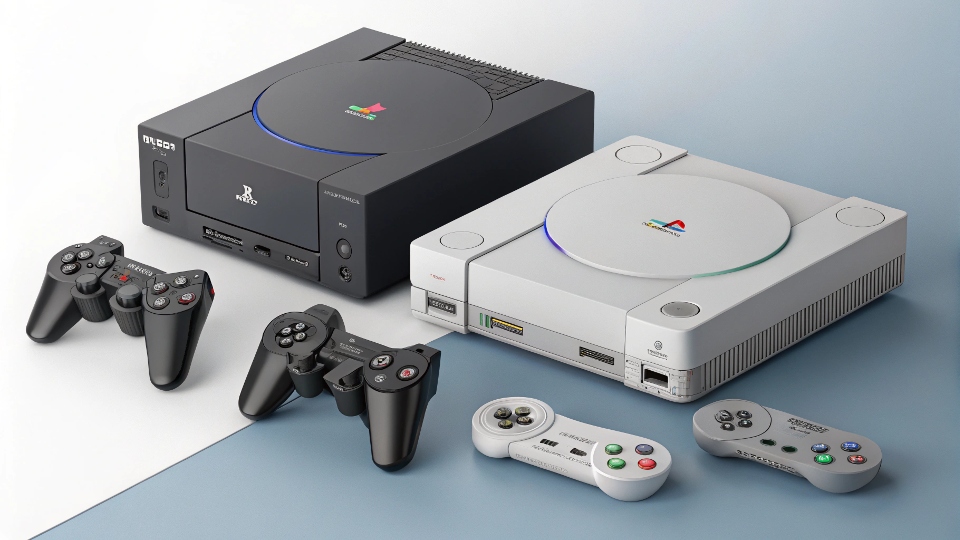
Why 32-bit mattered:- 3D Games: Polygons replaced sprites
- Storage: CDs held 650MB vs cartridges' 4MB
- Sound: Red Book audio tracks
- Market: Sold over 100 million units combined
The transition timeline:
| Year | Console | Bits | Key Feature |
|---|---|---|---|
| 1993 | 3DO | 32 | First attempt |
| 1994 | Saturn | 32 | Dual CPUs |
| 1994 | PS1 | 32 | CD focus |
| 1996 | N64 | 64 | Cartridge holdout |
Why are old games called 8-bit?
I still remember the distinct sound of my 8-bit Nintendo. That "bleep-bloop" defined a generation.
Games are called 8-bit based on their console's CPU word size. The Nintendo Entertainment System (1983) used an 8-bit processor, setting the standard for era classification.
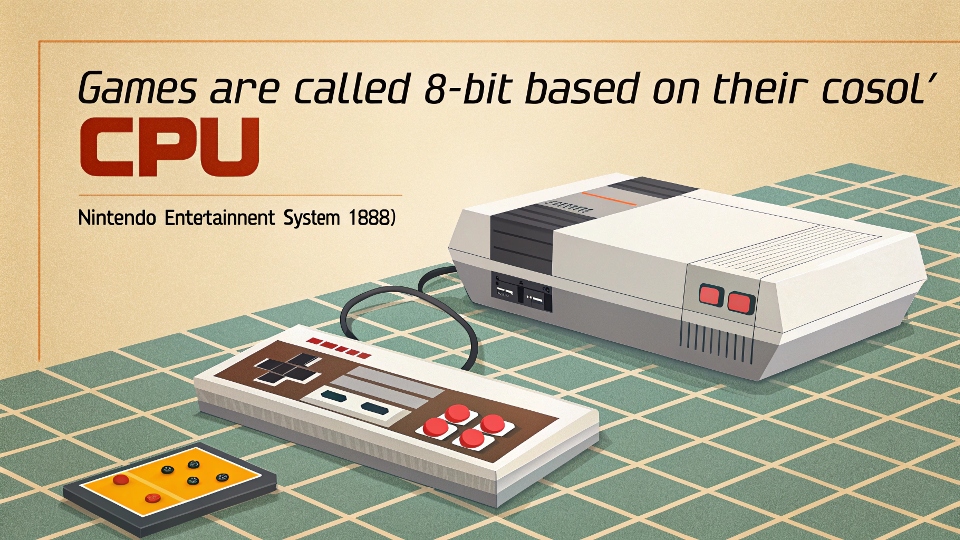
What made 8-bit special:
- Visual Style: Limited color palettes created iconic looks
- Sound Design: Chip tunes became cultural artifacts
- Game Design: Constraints bred creativity
- Legacy: Inspired modern "retro" games
Technical breakdown:
| Feature | 8-bit Capability | Example |
|---|---|---|
| Colors | 16 from 53 | Mega Man |
| Sprites | 8 per scanline | Mario |
| Music | 5 channels | Zelda |
| RAM | 2KB-128KB | Castlevania |
Are there 1-bit games?
Black and white chess on my old computer felt primitive. That was as close to 1-bit as I've seen.
True 1-bit games don't exist in commercial video gaming. Even simple games require more processing than 1-bit (2 states) can provide for meaningful interaction.
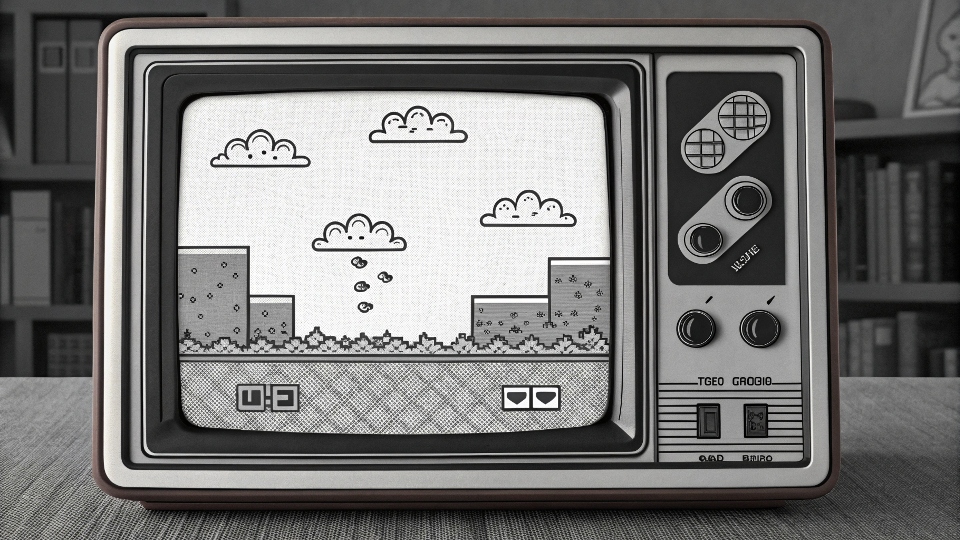
Why 1-bit fails for gaming:
- Visuals: Only on/off pixels
- Logic: Can't track game state
- Input: No processing headroom
- Sound: Impossible to generate
Historical context:
| System Type | Bits | Purpose |
|---|---|---|
| LED Panel | 1 | Indicators |
| Early CPUs | 4 | Calculators |
| Arcade | 8 | Space Invaders |
| Modern | 64 | PS5/Xbox |
Conclusion
Gaming began at 8-bit because earlier systems lacked power for graphics and gameplay. Technological limits defined each era's gaming possibilities.
-
Explore this link to understand the limitations of 4-bit technology in gaming and its historical context. ↩
You may also be interested in:

Is it bad to give your child a game console as a gift?
Many parents worry about buying game consoles for kids. They fear it might harm their development. But is this fear justified? Let us explore the

Offline Game Console Sales in 2025: Why Brick-and-Mortar Still Matters
Introduction While online sales are projected to account for 52.7% of global gaming console purchases in 2025, offline retail remains indispensable—especially for hands-on experiences, instant
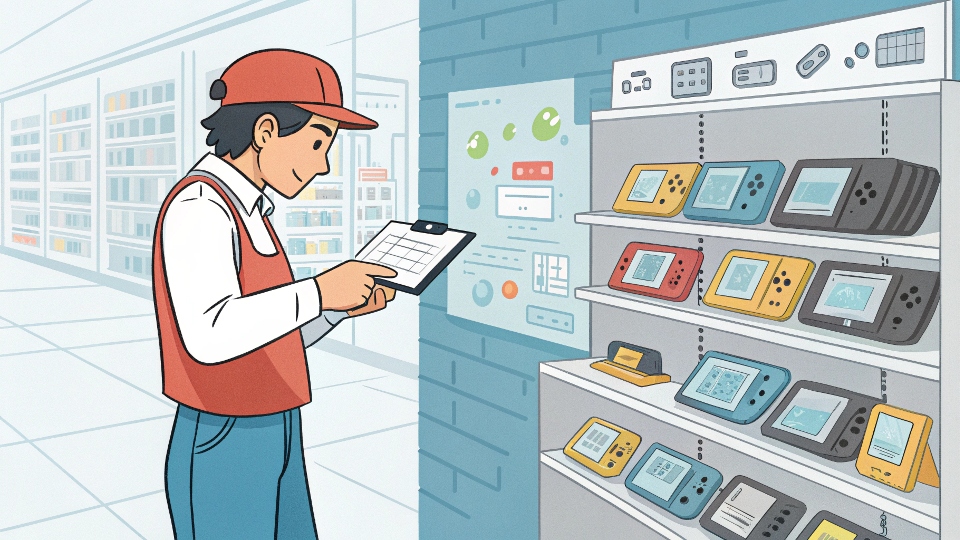
How to Choose the Right Wholesale Handheld Game Console for Your Store?
Starting a gaming retail business is exciting, but stocking the wrong consoles can lead to financial losses and unhappy customers. The key lies in smart
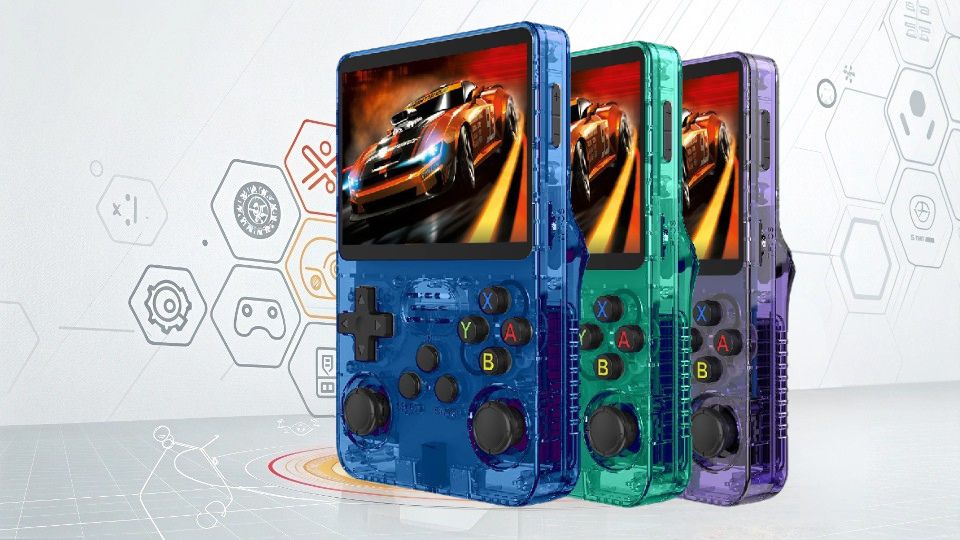
Why R36S Is a Profitable Choice for Game Consoles Distributors?
Retro gaming is booming, but finding affordable, high-quality handhelds is tough. Distributors need products that sell fast and deliver profits. The R36S solves both problems.
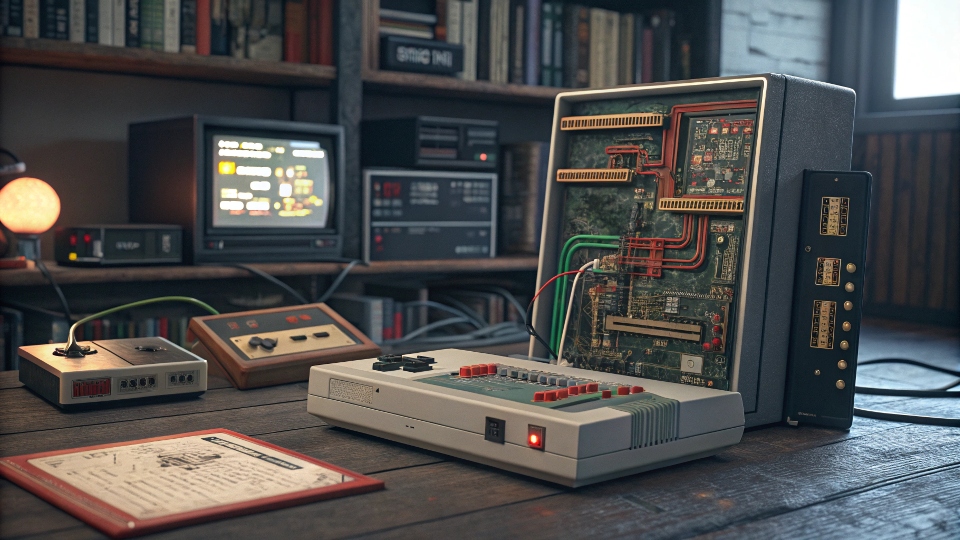
What are the most difficult video game consoles to emulate?
Old game consoles refuse to die. Gamers keep them alive through emulators. But some consoles fight back harder than others against being copied in code.

The Business Advantage of Selling Video Games in Your Store
Video games are no longer just a hobby. They are a booming industry that can bring real profits to your store. But how can you





